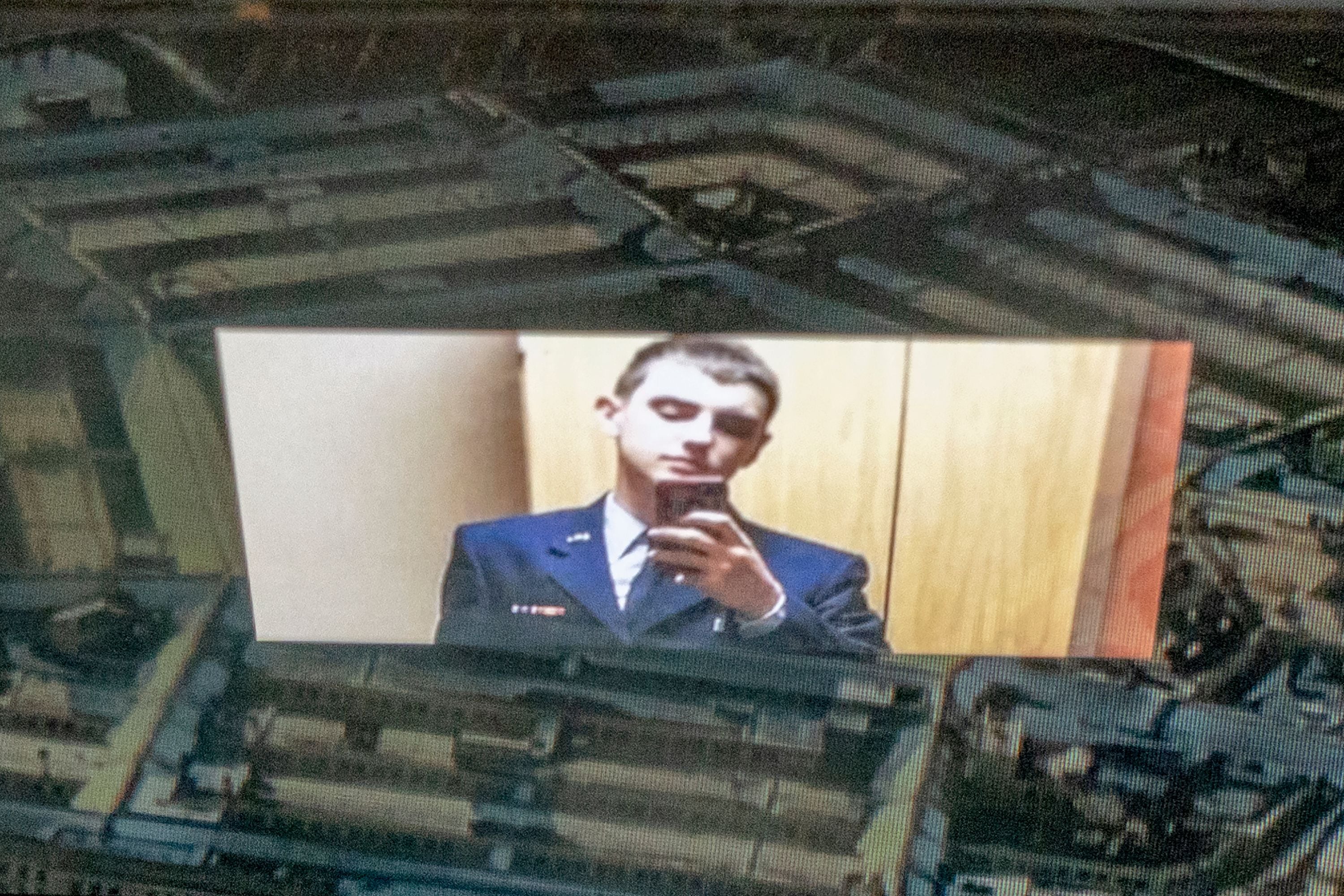The U.S. Air Force has officially begun to accept proposals for the sixth-generation Next Generation Air Dominance fighter and plans to award the contract in 2024. Air Force Secretary Frank Kendall ominously stated that the classified and secretive NGAD will cost “multiples” of the F-35, meaning each aircraft will cost hundreds of millions of dollars.
While its fifth-generation fleet offers unsurpassed capability, it is vital that the Department of Defense correct the mistakes incurred in its development.
The NGAD is intended to replace the F-22. The F-22 was initially set to take nine years and $12.6 billion to produce, but that eventually became 19 years and $26.3 billion. The per-unit cost increased by 177%, from the initial estimate of $149 million to $412 million.
It has not proved to be a particularly reliable aircraft. The F-22 had a readiness rate of 50.81% in 2021, and just about half of the Air Force’s F-22 fleet was deemed combat effective. By the time the plug was pulled in fiscal 2010, problems with the plane and a lack of a mission led the DoD to purchase 187 F-22s, or 563 fewer than the originally intended 750.
The F-35 Joint Strike Fighter, which is the DoD’s largest procurement program, is being produced in different versions for the Air Force, Marine Corps and Navy. It is also being sold to U.S. allies, with eight countries helping to share some of the costs. But like the F-22 and many other DoD procurement programs, it is over budget and behind schedule. Indeed, the Joint Strike Fighter may be the foremost example of the DoD’s broken acquisition system, and its many travails are difficult to detail succinctly.
The F-35 has been under continuous development since the contract was awarded in 2001. Total acquisition costs exceed $428 billion, nearly double the initial estimate of $233 billion, with projected lifetime operations and maintenance costs of more than $1.7 trillion.
The biggest reason for the Joint Strike Fighter’s relentless problems is the fatal decision made by the DoD to develop and procure the aircraft simultaneously. Whenever problems were identified, contractors needed to go back and make changes to planes that were already assembled, adding to overall costs.
Speaking at the Aspen Security Forum on July 24, 2015, then-Air Force Secretary Deborah Lee James stated: “The biggest lesson I have learned from the F-35 is never again should we be flying an aircraft while we’re building it.”
The lengthy nature of the development time frame of the Joint Strike Fighter has meant that the DoD has been required to ceaselessly update features and incorporate new technologies, resulting in an overly complex platform that also suffers from a poor readiness rate. While a marginal improvement over the F-22, the Air Force’s F-35A has sustained a lower readiness rate than older jets. In 2021, 68.8% of F-35As were mission capable on average, down from 76.07% in 2020.
In February 2014, Secretary Kendall, who was then the undersecretary of defense for acquisition, technology and logistics, referred to the purchase of the F-35 as “acquisition malpractice.” Let’s hope Secretary Kendall remembers this experience when soliciting proposals for the NGAD.
DoD budget documents plot funding requests for the NGAD increasing from $1.9 billion in FY24 to $4.1 billion in FY28. Overall costs of the NGAD will also rise given that they are to be paired with collaborative combat aircraft, or CCA — drones that will serve alongside piloted aircraft. The Air Force anticipates acquiring 1,000 CCAs, with 400 earmarked for the NGAD and 600 for the F-35A.
The high cost, delays and underperformance of the DoD’s fifth-generation aircraft has created a readiness gap, which has forced the Air Force to rely on older generations as a substitute. The Pentagon will not have this luxury moving forward. The average Air Force fighter is approximately 28 years old, and its fleet of F-16s is on average more than 30 years old.
U.S. defense spending is already stretched thin, and the Pentagon cannot afford to miss the mark on consecutive generations of fighter aircraft. The DoD must wrap up the NGAD’s development phase as quickly as possible to avoid the snowballing effect of updates and new features that weighed down the fifth-generation aircraft.
Most crucially, it should take the advice of former Air Force Secretary James and avoid purchasing the NGAD prior to the close of the development phase.
It is vital for the DoD to learn the lessons of the F-22 and F-35, and reign in spiraling costs and slipped deadlines to produce sixth-generation aircraft that will be on budget and function as intended.
Sean Kennedy is the director of policy and research for Citizens Against Government Waste.










